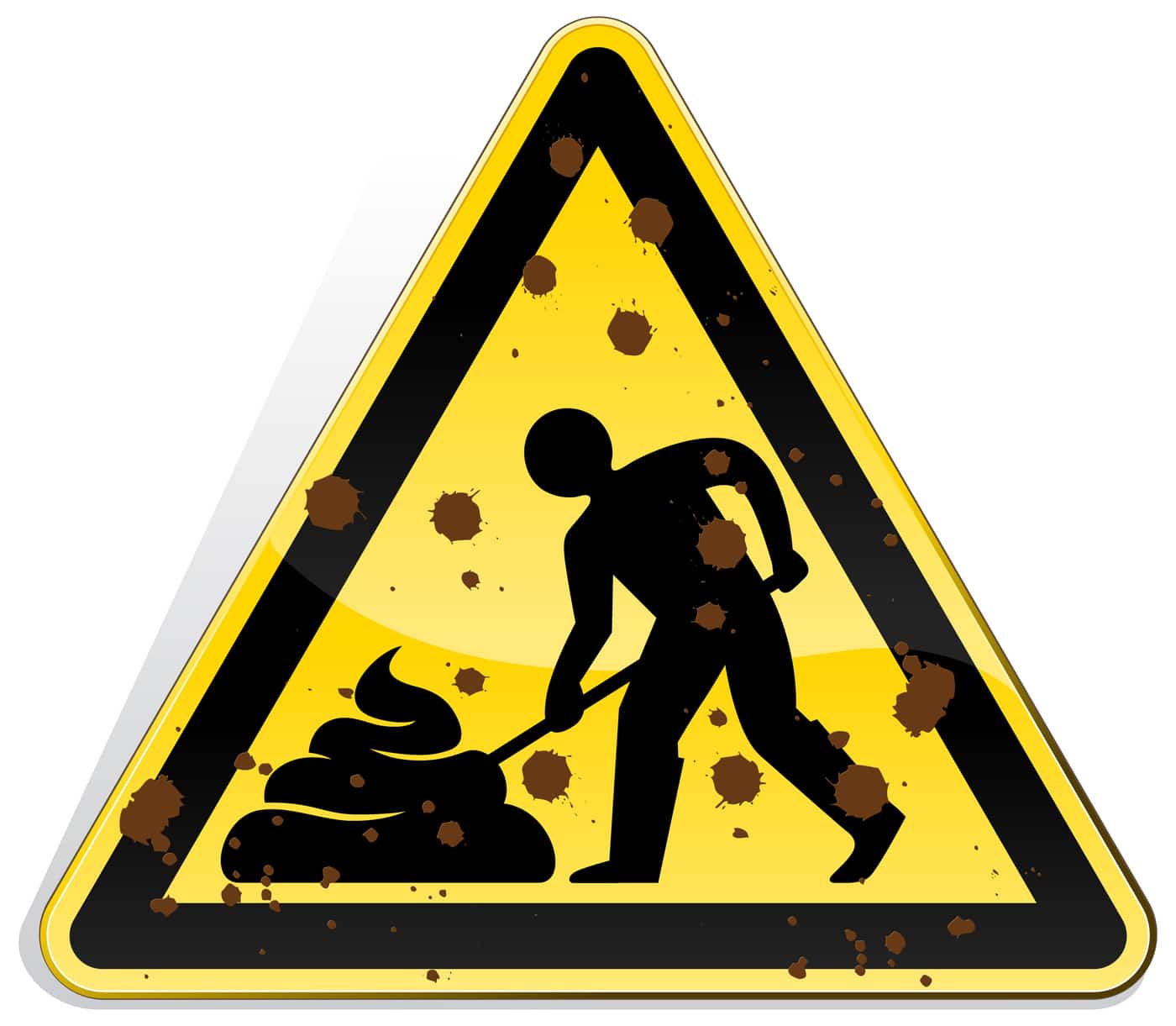Many companies and organisations take in OHS graduates, often as part of a program of internships, but sometimes because they are “cheap” new starters. Whatever the process, graduates are hungry to learn but often they believe their profession started when they did. Increasingly there is an ignorance of history and this puts the graduates at a distinct disadvantage.
Graduates often are strong on theory and poor on the practical. This is understandable in some ways but graduates can be handicapped by not knowing what their older and more experienced work colleagues know. On the job training and instruction is often passed down but the stories are not and the history of safety seems passed over. Continue reading “The need for safety stories”





